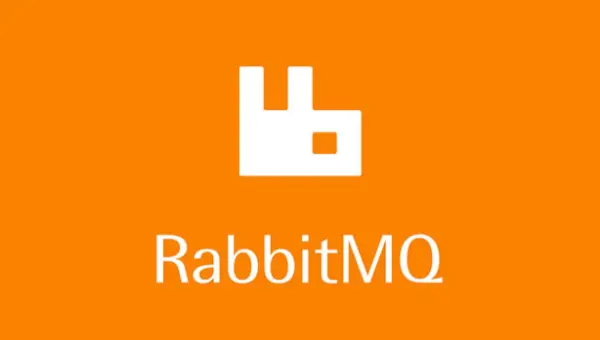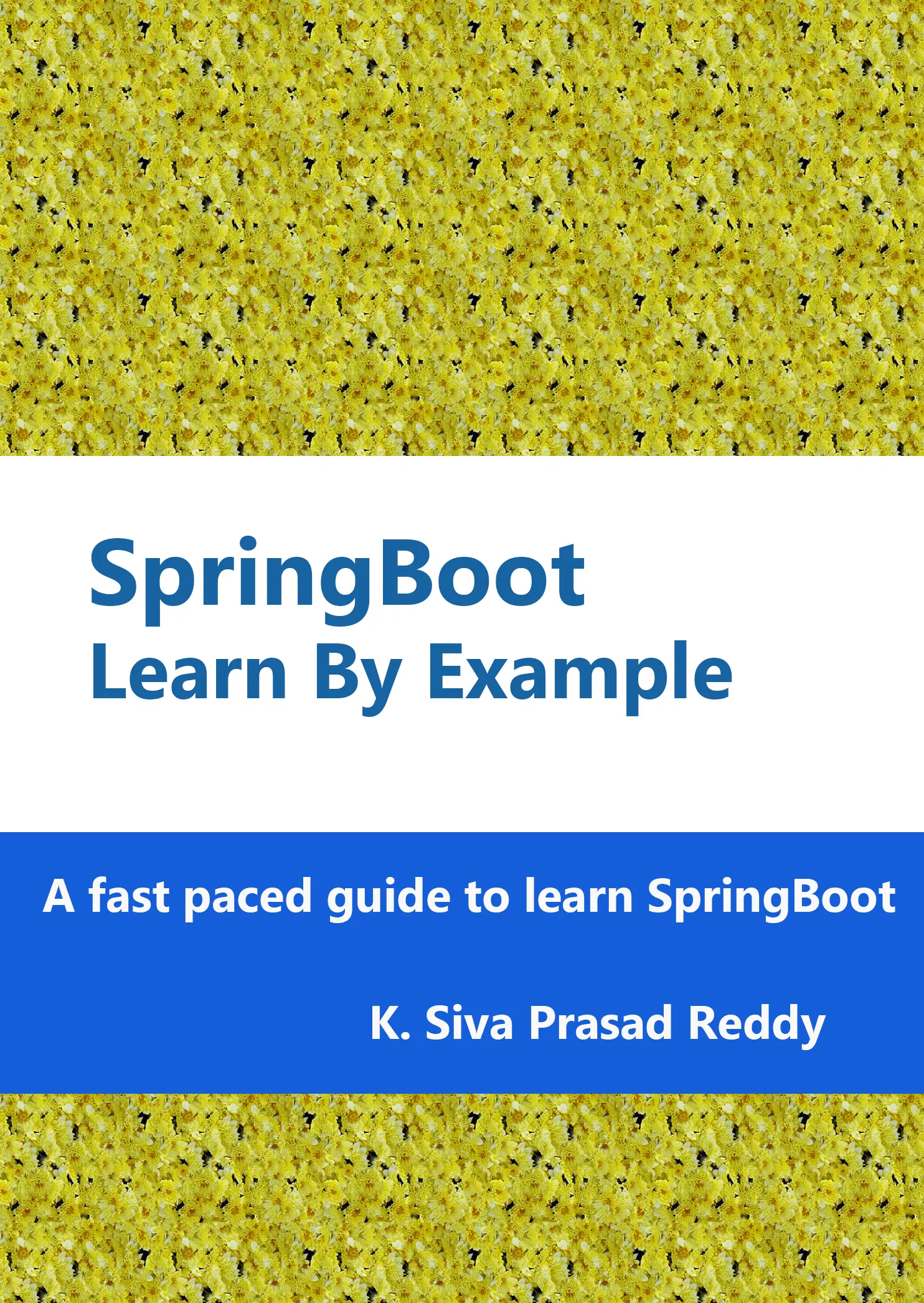Nowadays MicroServices is the hot buzzword in software development and many organizations prefer building their enterprise applications using MicroServices architecture. In Java community, SpringBoot is the most widely used framework for building both monoliths and microservices. I am planning to write a series of articles covering how to build microservices using SpringBoot and SpringCloud.





